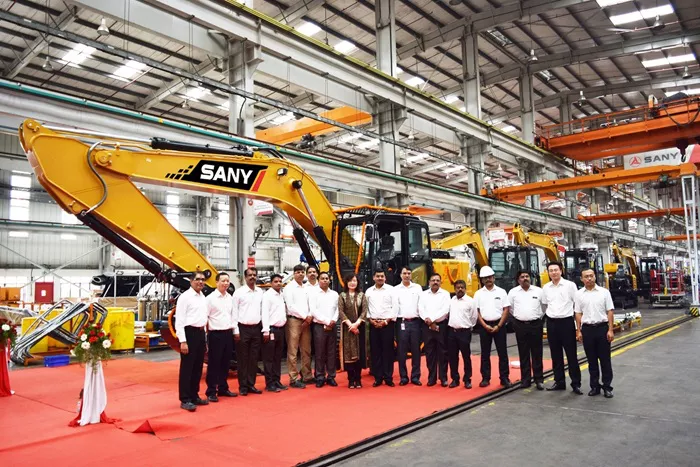The engineering team at Green Highland Renewables (GHR), specialists in turbine technology, recently completed a vital overhaul of the Unit 1 turbine at the Maentwrog Hydroelectric Power Station in North Wales. This project, commissioned by Quartzelec, an independent electrical engineering group, provided GHR the opportunity to apply their expert skills to one of the region’s critical renewable energy assets, managed by Nuclear Restoration Services (NRS), a subsidiary of the Nuclear Decommissioning Authority.
Detailed Strip-Down Process
The turbine disassembly process took a meticulous eight days. Initially, the team performed a fingerprint test under various machine loads, including temperature and vibration assessments, to establish baseline performance data. During the strip-down, each component of the turbine underwent a thorough inspection for wear and damage. Any areas showing signs of deterioration were noted, with necessary repairs planned and executed. This data is critical in ensuring ongoing maintenance can be tracked and future issues proactively addressed, preventing unexpected outages and enhancing operational efficiency.
A key challenge was the generator’s overhung shaft, requiring the team to carefully dismantle the turbine and runner assembly. The rotor, secured by two locking elements, was removed with a mandrel and jacking assembly, leaving the spiral casing exposed for further examination. Prior to disassembly, the alignments of both the lower and upper chambers were checked, influencing rotor position and ensuring proper alignment of the runner to the casing.
Additionally, all guide vanes were removed for non-destructive testing via dye penetrant, a method that reveals cracks in components like structures, joints, or welds. A specialized subcontractor, brought in by Quartzelec, conducted this testing. The team also utilized precision measuring equipment to confirm that all clearances met the required specifications.
Reassembly and Optimization
After all parts were thoroughly examined, maintained, and documented, the team embarked on the eight-day reassembly process. During reassembly, they ensured that the runner’s radial and angular alignments were within optimal parameters, with the guide vanes refitted and end float and squeeze measured. A full movement check was conducted before reattaching the runner to guarantee proper sealing when the turbine is in the closed position. The spiral casing was also pressurized to confirm that all sealing faces were correctly aligned.
Based on their findings during disassembly, the team recommended and implemented adjustments, including modifying the shimming of the bearings to better align the rotating assembly with the turbine casing. These refinements helped optimize the turbine’s overall performance.
Successful Recommissioning
Following the overhaul, GHR worked with NRS to perform a comprehensive recommissioning fingerprint test. The results were compared with the initial pre-maintenance data, confirming significant improvements, including lower vibration levels in the drive-end bearing.
Collaboration and Training
The project also facilitated a collaboration between GHR, NRS, and Quartzelec, with the addition of two NRS apprentices, who gained hands-on experience in turbine technology at the Maentwrog site. The team was further supported by experts from Voith Hydro, who provided their global expertise to assist in the measurement and verification process throughout the disassembly and rebuild.
With the turbine successfully overhauled, Maentwrog Unit 1 has been operational and consistently generating clean electricity since September 2024, marking a major milestone in the plant’s ongoing efficiency improvements and long-term sustainability.

